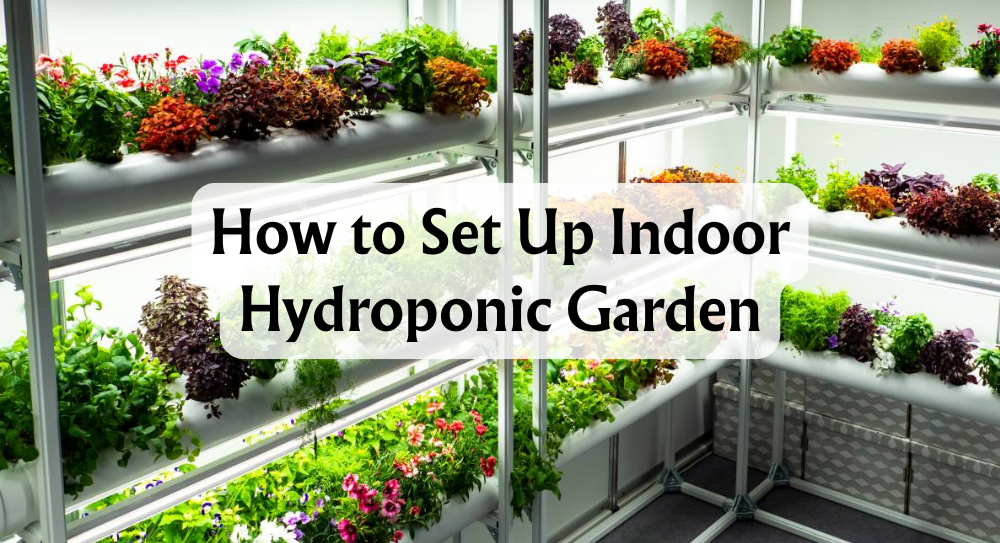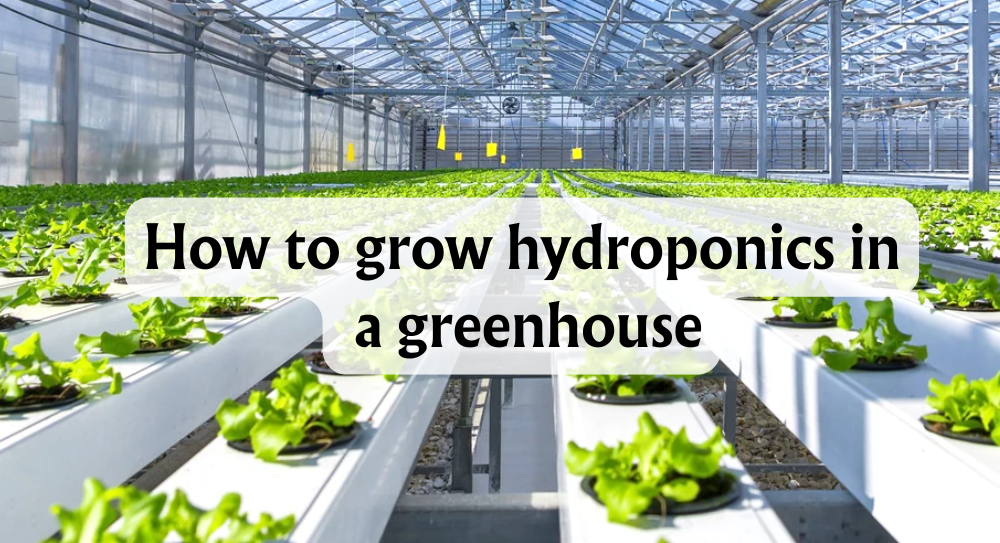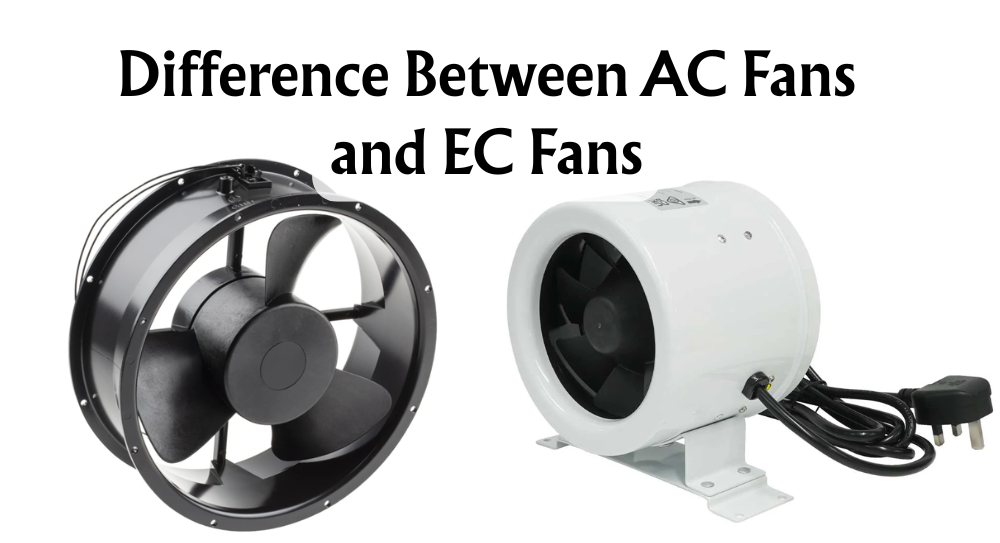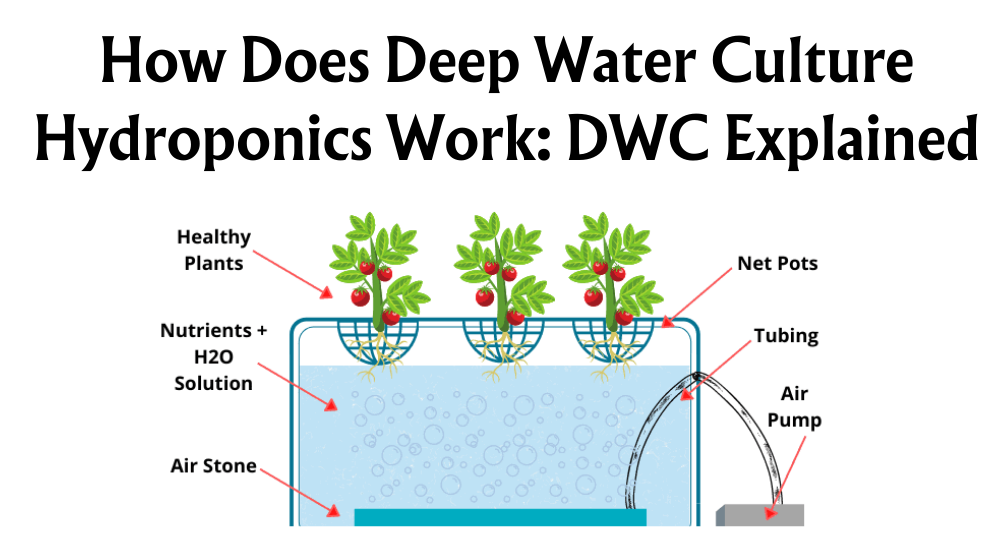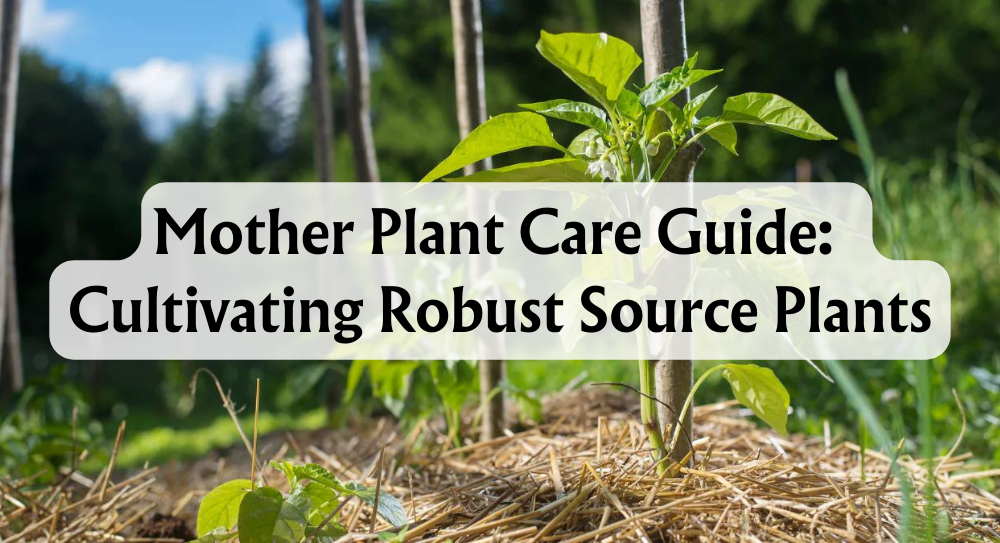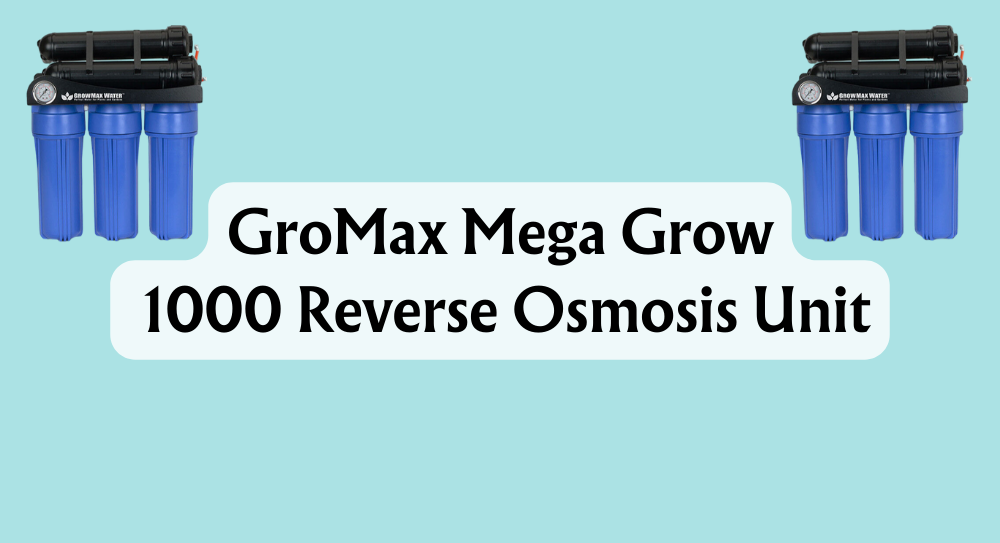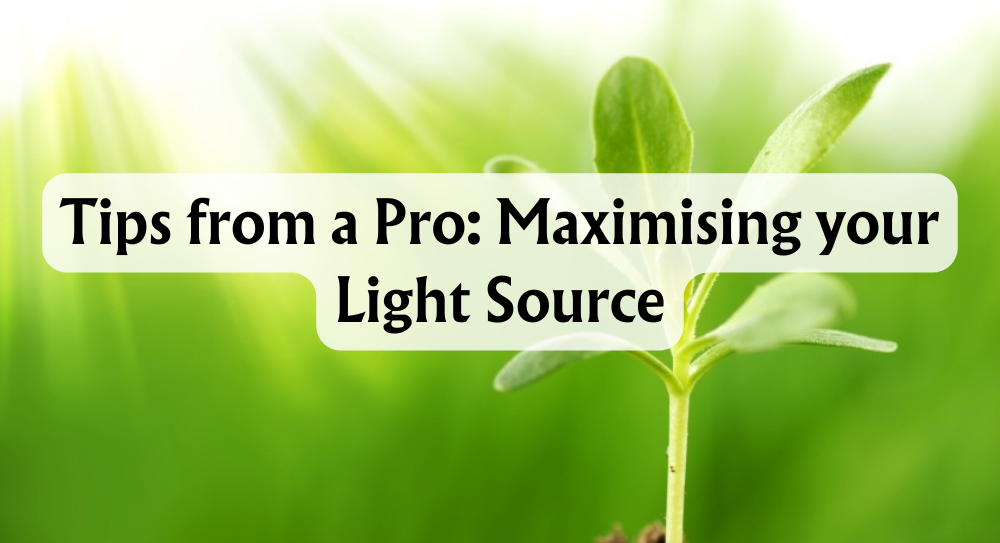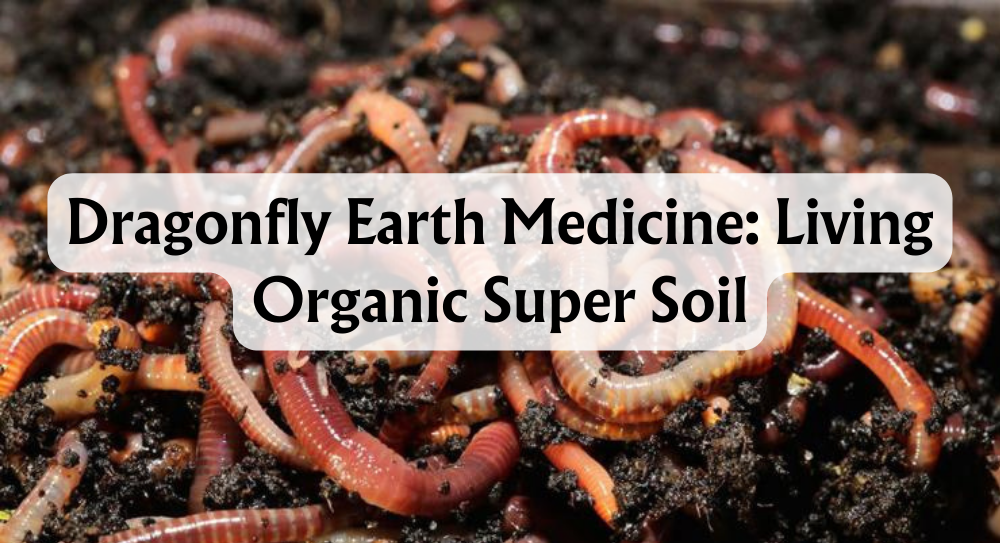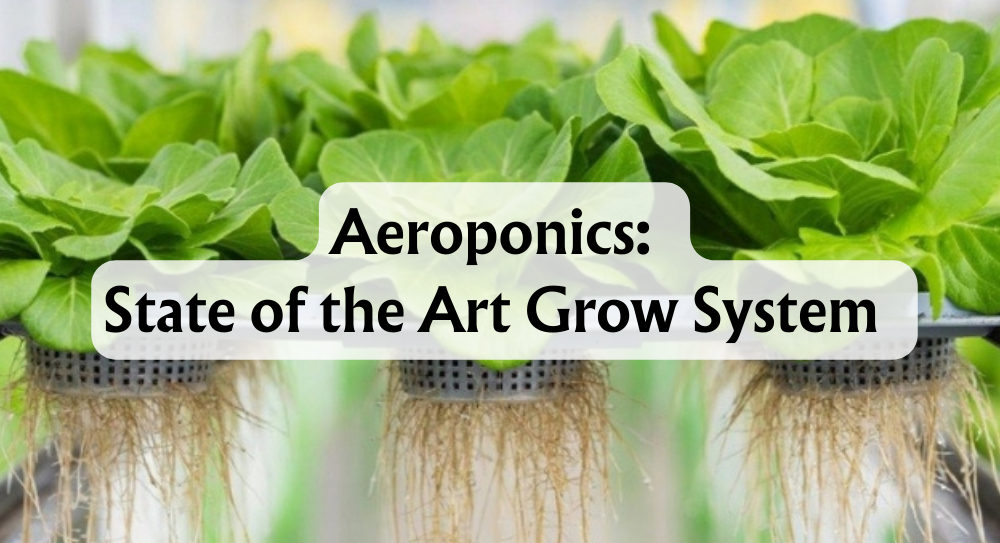Indoor hydroponic gardening offers an innovative way to grow your favourite vegetables and herbs year-round, right from the comfort of your home. As enthusiasts of this modern method, we're thrilled to share the ease and benefits of setting up an indoor hydroponic garden. Setting up a hydroponic system allows for efficient use of space, control over environmental factors, and freedom from soil-related issues, making it ideal for urban environments.
Hydroponics isn't just a revolutionary method; it's a sustainable choice that maximises plant growth by delivering nutrients directly to the roots. Anyone can get started, even on a small scale, using containers, air pumps, and LED grow lights for optimal results. Whether it's leafy greens or aromatic herbs, the possibilities are endless.
Our comprehensive guide will walk you through each step, ensuring you have all the necessary tools and nutrients while avoiding common pitfalls. With expert tips and straightforward advice, let's cultivate a lush indoor garden that thrives all year round. Together, we'll transform your living space into a green oasis.
Key Takeaways
- Hydroponics offers efficient space use and year-round cultivation.
- Optimal growth is achieved with containers, pumps, and LED lights.
- The guide provides step-by-step instructions to avoid common pitfalls.
What Is Hydroponic Gardening?
Hydroponic gardening is an innovative method where plants grow without soil. Instead, they thrive in nutrient-rich water solutions, delivering essential elements directly to the plants. This method allows us to control the nutrient delivery precisely, ensuring plants receive the perfect balance for optimal growth.
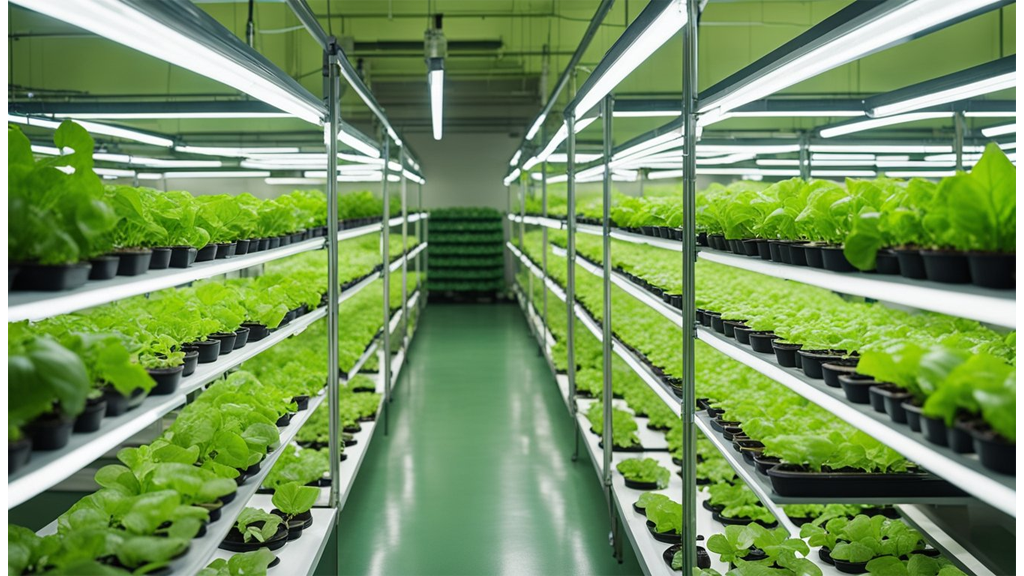
Growing mediums like coconut coir, perlite, vermiculite, and rock wool support the plant roots in this soilless system. These materials provide stability and retain moisture, facilitating efficient nutrient absorption.
Looking back at history, the principles of hydroponics have roots in ancient practices. Early civilisations experimented with growing plants in water. Modern hydroponics has evolved significantly, incorporating advanced technology and systems.
Hydroponic gardening offers various benefits. For one, plants often grow faster and yield more compared to traditional soil gardening. By using water efficiently, we can reduce waste and conserve resources. Moreover, this method helps diminish the risk of soil-borne diseases and pests, creating a healthier environment for our plants.
Whether we are setting up a small indoor hydroponic garden or a large-scale operation, the advantages are clear. With precise control over nutrients and conditions, hydroponics represents a promising future for gardening enthusiasts.
Best Plants For Hydroponic Gardens
When it comes to hydroponic gardening, knowing the right plants to grow is key. Let's explore some of the best options.

Leafy Greens:
Leafy greens are perfect for hydroponic gardens. Examples include lettuce, spinach, and kale. These plants are known for their rapid growth, making them ideal for beginners.
Herbs:
Herbs are a favourite in hydroponic systems due to their culinary versatility and ease of growth. Basil, mint, and cilantro thrive here. Their fresh aromas add a delightful touch to any kitchen.
Fruiting Plants:
Hydroponics isn't just for greens; tomatoes, peppers, and cucumbers can also flourish. These require support structures and sometimes manual pollination, so they add a bit of challenge.
Root Vegetables:
Growing root vegetables like radishes and carrots in hydroponics can be trickier. They need special setups to accommodate their growth.
Each type of plant brings unique qualities and adds diversity to our indoor gardens. With the right setup, we can enjoy fresh produce all year round.
How To Build A Hydroponic Garden
Building a hydroponic garden involves selecting the right system and components such as growing containers, reservoirs, pumps, grow lights, and nutrient solutions. We'll explore how various systems like Wick, DWC, Ebb and Flow, NFT, and Aeroponic can be set up for successful growth. Each system has its design, ideal plants, and maintenance practices.
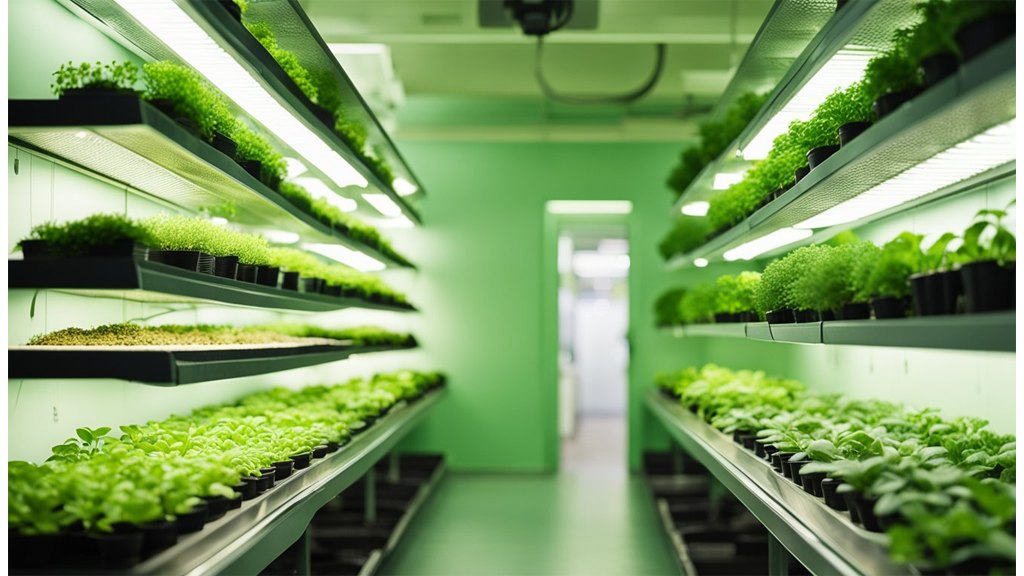
Required Parts
For a successful hydroponic setup, we need:
- Growing Containers: Choose based on system and plant size.
- Reservoirs: Ensure correct size for holding nutrient solutions.
- Pumps and Aeration Devices: Essential for nutrient circulation and oxygenation.
- Grow Lights: Types like LED are vital for indoor gardens.
- Nutrient Solutions: Balanced mix of macro- and micronutrients.
- pH Testing Kits: Maintain nutrient absorption by checking pH.
How To Build A Wick System
The simplest hydroponic form is the Wick System. It uses capillary action to draw water from a reservoir to the plants.
- Materials Needed: Reservoir, wicks (cotton/nylon), growing tray, medium, nutrient solution.
- Setup Steps:
- Fill the reservoir with a nutrient solution.
- Connect wicks from the reservoir to the tray.
- Fill the tray with medium and seedlings.
- Position grow lights for illumination.
- Tips: Great for small plants like herbs. Regularly check wicks to ensure water flow.
How To Build A DWC
Deep Water Culture (DWC) grows plants with roots submerged in nutrient-rich water.
- Materials Needed: Container with lid, net pots, air pump, air stones, medium, nutrient solution.
- Setup Steps:
- Drill lid for net pots placement.
- Connect air stones to pump in the reservoir for oxygenation.
- Fill with nutrient solution and check pH levels.
- Place seedlings into net pots so roots reach water.
- Tips: Monitor water levels and ensure the air pump runs continuously to prevent root suffocation.
How To Build An Ebb And Flow
This system involves flooding the grow tray with a nutrient solution that drains back into the reservoir.
- Materials Needed: Grow tray, reservoir, pump, timer, fill/drain fittings, medium.
- Setup Steps:
- Position the reservoir below the grow tray.
- Connect pump and timer for flooding intervals.
- Secure grow tray and add medium.
- Tips: Adjust flood frequency as needed and regularly clean to prevent salt buildup.
How To Build A Nutrient Film Technique
NFT involves a continuous film of nutrient solution flowing over roots.
- Materials Needed: Channels, reservoir, pump, tubing, net pots, medium.
- Setup Steps:
- Arrange channels with slight incline and drill for net pots.
- Connect pump to tubing to bring solution to channels.
- Insert seedlings in net pots within channels.
- Tips: Maintain consistent flow to avoid root drying or waterlogging.
How To Build An Aeroponic System
Aeroponic systems suspend roots and mist them regularly with nutrient solution.
- Materials Needed: Chamber, misting system, reservoir, pump, timer, net pots, medium.
- Setup Steps:
- Construct enclosed root chamber.
- Set up misting nozzles linked to the reservoir.
- Secure seedlings in net pots with roots suspended.
- Tips: Regularly check misters for clogs and ensure no dry spells between sprays.
Embarking on hydroponics provides control over plant conditions, leading to potentially faster growth and higher yields. These guides should help us set up an efficient and productive indoor garden.
Conclusion
We've journeyed together through the setup of an indoor hydroponic garden. Remember the versatility this method offers in growing various plants all year round, right in the comfort of our homes.
Indoor hydroponic systems suit different plant types and cater to both beginners and seasoned gardeners. Whether we choose the nutrient film technique or deep water culture, each system offers its unique benefits.
Let’s embrace this rewarding endeavour. There's nothing quite like watching our garden flourish and enjoying fresh, homegrown produce. The expertise and recommendations shared here are merely stepping stones to a thriving garden.
For personalised support or to explore helpful tools and nutrient solutions, check out Hyjo’s resources. Let's cultivate our skills and transform our indoor spaces into lush gardens. Together, we can reach new heights in hydroponic gardening.







 Store Locator
Store Locator
